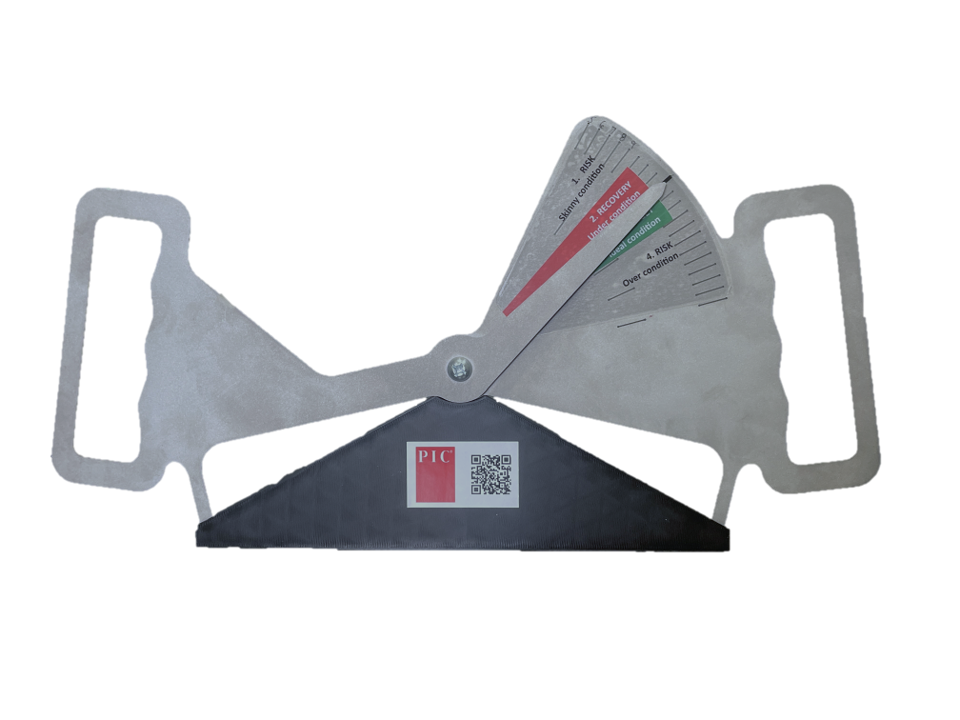Think big-picture to minimize sow removals.
Most instances of sow removal happen between parities 1 and 2 and are attributed to reproductive challenges, poor locomotion or other health reasons. Maximizing lactating sow feed intake supports sow productivity with more pigs weaned at heavier weights and faster rebreeding.
Lactating sow feed intake impacts litter size
Field data collected by PIC (Figure 1) suggests that increasing sow feed intake during lactation can impact wean-to-estrus interval, sow bodyweight loss and piglet average daily gain. This data emphasizes the importance of lactating sow feed intake and encourages prevention and mitigation strategies for factors that may limit feed intake.

The data also demonstrates the importance of taking a big-picture view of breeding female development. Producers who shift their mindset and management to focus on female development through the first parity (P1) and beyond can help prevent removals and ensure sows make it to their profitable third parity.
Carefully monitor lactating sow feed intake
The first sign of a health problem after farrowing is often a decline in feed intake caused by fever. Fever after farrowing usually occurs because of a uterine infection caused by bacteria in the farrowing area or on sow’s skin that are carried beyond the cervix. Sows with fevers stop eating, which is a common indication something is wrong.
For timely identification of sow fever and treatment of sows:
- Take body temperatures around 24 hours after farrowing.
- Lactating sows with a body temperature of ≥103° Fahrenheit (≥39.4° Celsius) are considered to have a fever.
- Temperature collection in the morning and afternoon can help confirm a fever.
Any thermometer can be used, but newer digital thermometers provide accurate readings in a matter of seconds.
Management strategies to support high feed intake for lactating sows
The following practices will help reduce the risk of uterine infections and fever, therefore maximizing sow feed intake and minimizing impact on sow productivity.
- Scrape manure behind sows once or twice daily.
- Limit sleeving to sows that have not birthed a piglet in 20-30 minutes since the previous piglet.
- Wear a well-lubricated long plastic sleeve and gloves. Keep sleeves and gloves away from dust or manure.
- Maintain short fingernails and do not wear jewelry on your wrist and hands when sleeving sows.
- Provide adequate water. Sows require a minimum flow of 2 liters/minute.
- Monitor gilts closely to ensure they can identify and use feeders and waterers before farrowing.
Use the Dynamic Feeding Program for PIC females to support breeding gilt and sow productivity in all phases.






